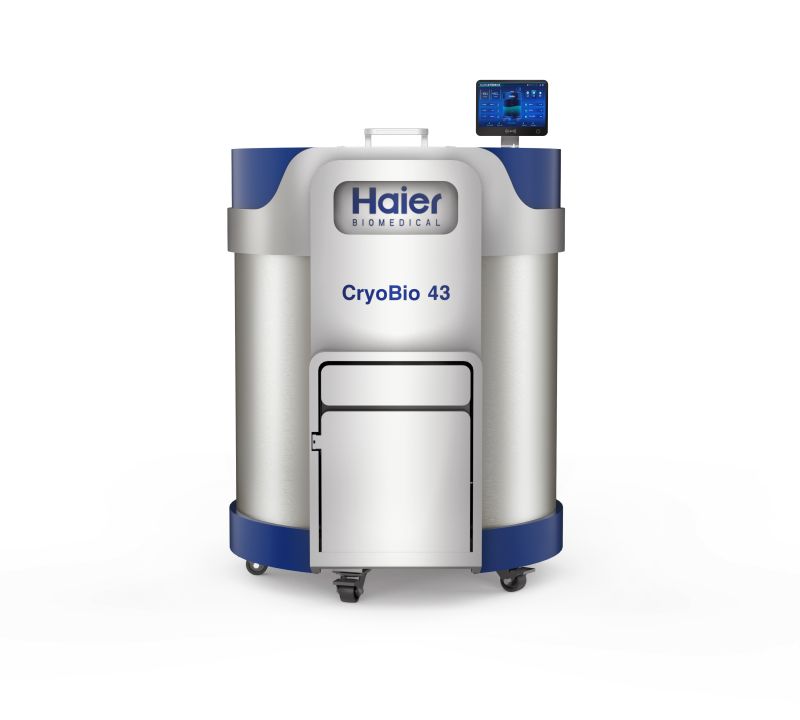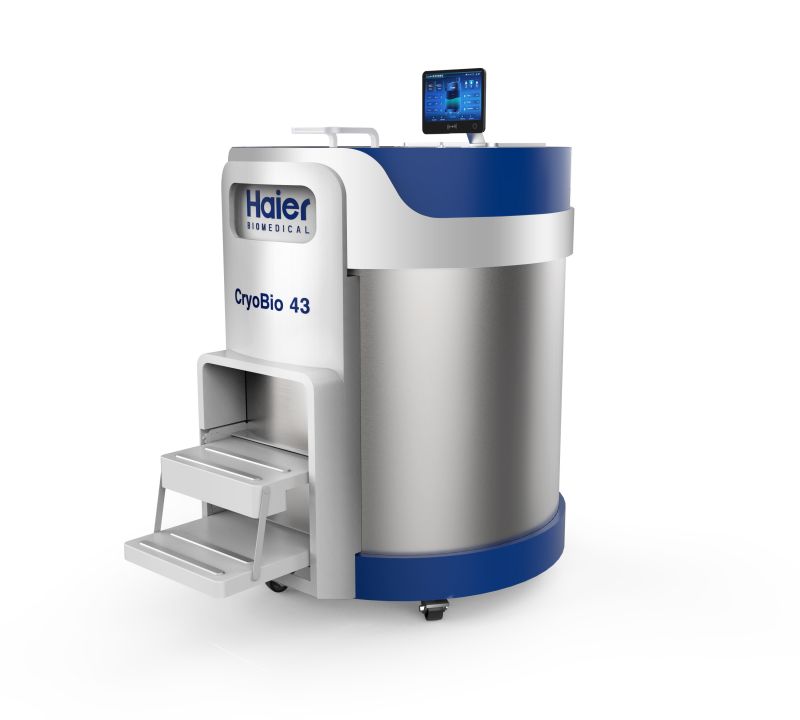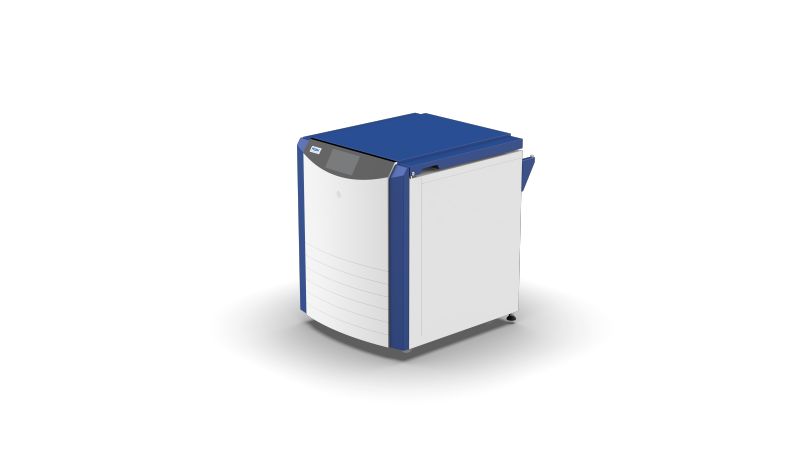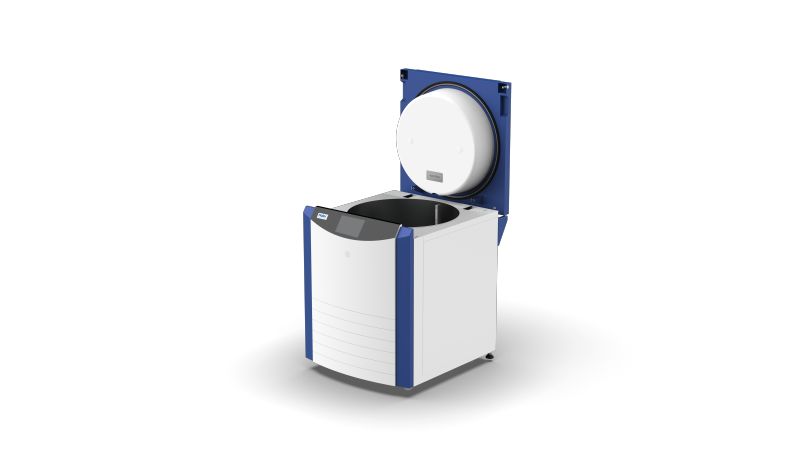Liquid nitrogen tanks are vital equipment utilized across various industries for storing and handling liquid nitrogen. Whether in research laboratories, medical facilities, or food processing plants, understanding the proper use of liquid nitrogen tanks is essential for ensuring safety and efficiency.
Handling and Transporting
When handling and transporting liquid nitrogen tanks, it's crucial to exercise caution and follow proper procedures. Always use appropriate personal protective equipment, such as insulated gloves and safety goggles, to minimize the risk of exposure to extreme cold temperatures. Additionally, secure the tanks properly during transport to prevent tipping or damage.
Filling and Refilling
When filling or refilling liquid nitrogen tanks, it's essential to follow manufacturer guidelines and industry best practices. Ensure that the tank is in good condition and properly vented to release excess pressure during the filling process. Avoid overfilling the tank to prevent potential leaks or safety hazards.
Storage and Placement
Proper storage and placement of liquid nitrogen tanks are critical for maintaining their integrity and safety. Store tanks in well-ventilated areas away from heat sources, flammable materials, and direct sunlight. Additionally, ensure that tanks are placed on stable surfaces to prevent tipping or accidental damage.
Regular Inspections
Regular inspections of liquid nitrogen tanks are necessary to detect any signs of damage or deterioration. Check the tank's exterior for cracks, corrosion, or other abnormalities, and inspect the pressure relief devices to ensure they are functioning correctly. Promptly address any issues identified during inspections to prevent potential safety hazards.
Emergency Preparedness
In the event of an emergency involving liquid nitrogen tanks, it's essential to have proper protocols in place. Establish emergency response procedures, including evacuation routes, emergency contacts, and procedures for handling spills or leaks. Additionally, ensure that personnel are trained in proper emergency response protocols to mitigate risks effectively.
Training and Education
Proper training and education are crucial for anyone involved in the handling or use of liquid nitrogen tanks. Provide comprehensive training to personnel on the safe handling, storage, and maintenance of liquid nitrogen tanks. Emphasize the importance of following established procedures and protocols to prevent accidents and ensure workplace safety.
In conclusion, understanding the safe use of liquid nitrogen tanks is essential for maintaining a safe and productive work environment. By following proper handling, storage, and maintenance procedures, and ensuring adequate training and emergency preparedness, the risks associated with liquid nitrogen use can be minimized, and workplace safety can be enhanced.
Post time: Mar-11-2024















